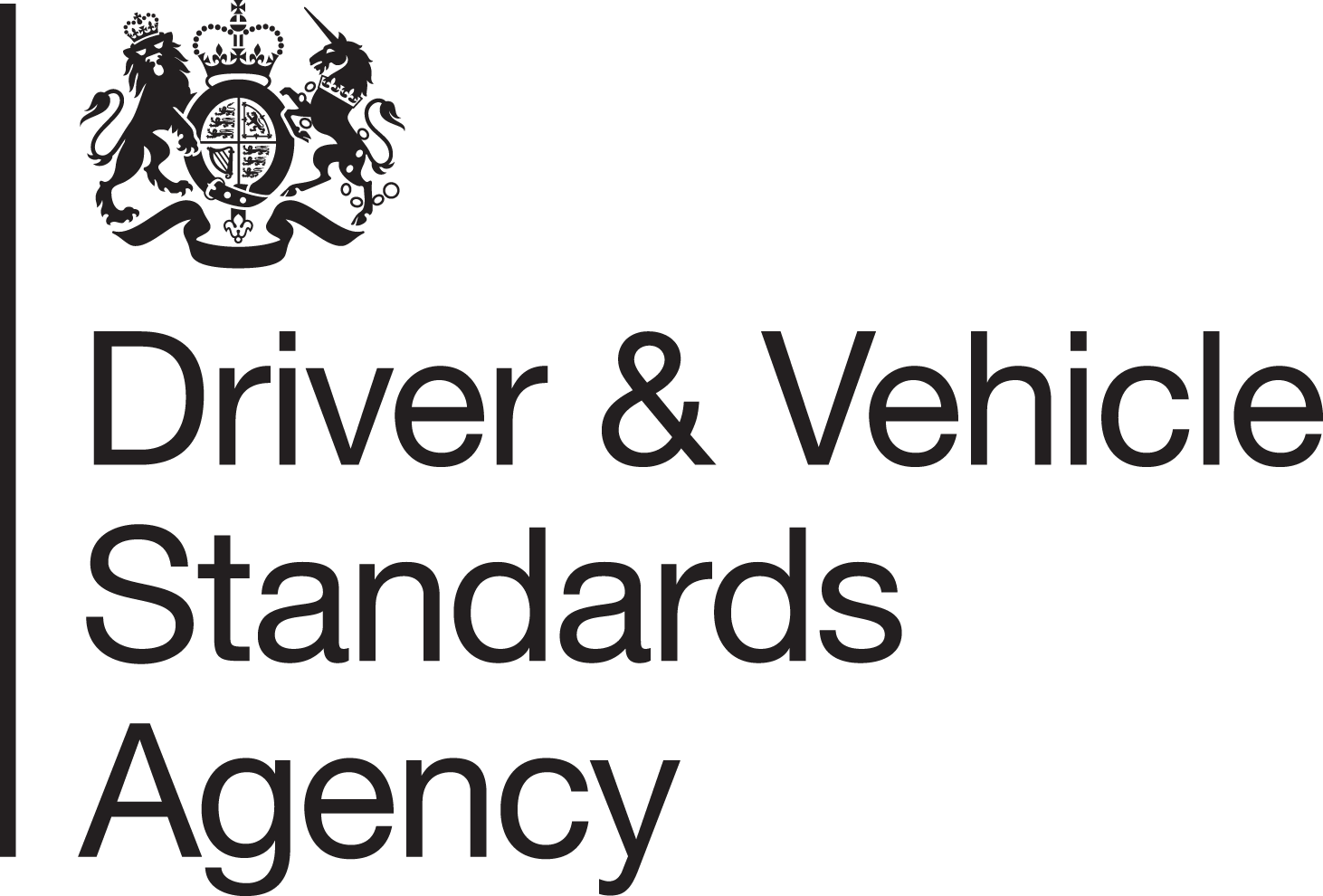Description
The objectives of the LoCITY Driving course are to understand;
Strategies to reduce fuel use, emissions and improve air quality
2. How good journey planning, vehicle checks and maintenance can reduce emissions
3. How to apply fuel-efficient driving techniques designed to improve efficiency
4. The value of vehicle design and technology
5. How in-vehicle technology improves driving performance
6. Alternative cleaner fuels that are available for commercial vehicles
Mod-2 Identify the main elements of a good HGV safety system ● Identify the different types and frequencies of inspections ● List the roles of the main people involved in HGV safety ● Recognise the importance of the drivers’ contribution to the HGV safety system ● Recognise the importance of documentation for walk round checks and defect reporting ● List the actions to be taken in the event of a vehicle breakdown ● List the breakdown information that should be carried in the vehicle ● Describe the risks associated with failing to maintain vehicles in accordance with the law ● Describe the penalties and consequences for using un-roadworthy vehicles
Mod-3 State the rules regarding driver licencing and training List the guidelines regarding fitness to drive Specify the law relating to drivers' hours and breaks Know how to ensure that their vehicle is roadworthy Understand safe loading procedures and what makes a load safe Understand why journey planning is important and how to plan a journey effectively Identify the importance of observing the safety rules for van driver Know the speed limits on different types of roads Explain why some other road users feel vulnerable and what would make them feel safer Identify the characteristics of a professional driver Explain how defensive driving would help them to identify and avoid hazards
Subject Areas
- Vehicle Systems (Transmission)
- Vehicle Systems (Safety)
- Safe and Fuel Efficient Driving
- Legislation (Hours/WTD/Regs)
- Professional Driver & Company Issues
